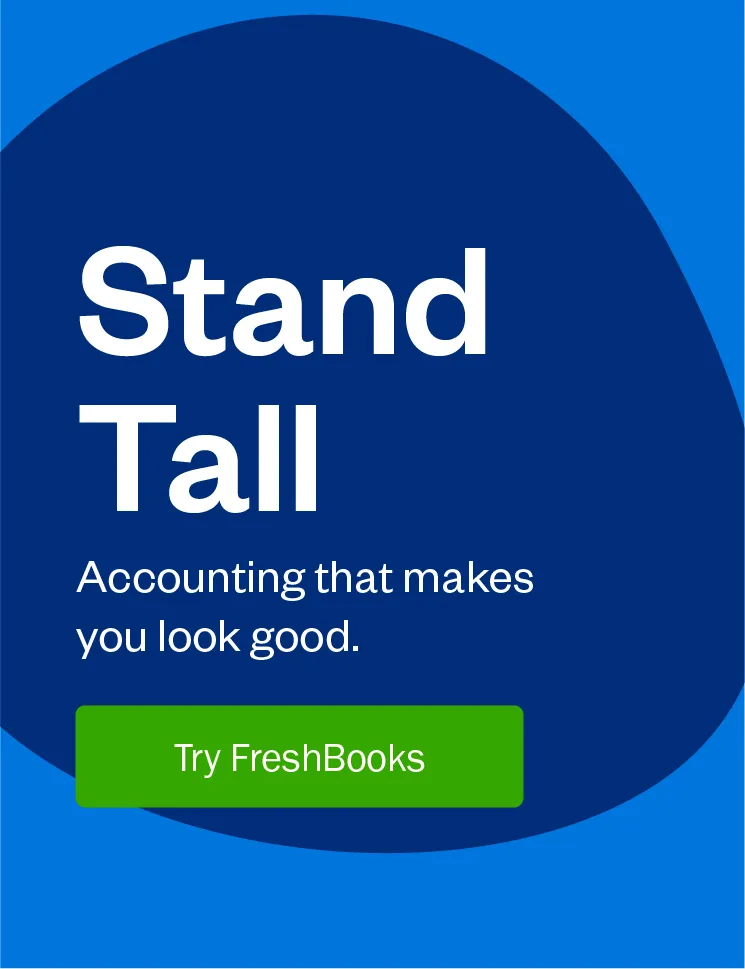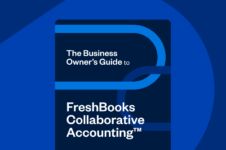Looking to get more work done in less time so you can increase your income? Try the 50-minute focus technique.
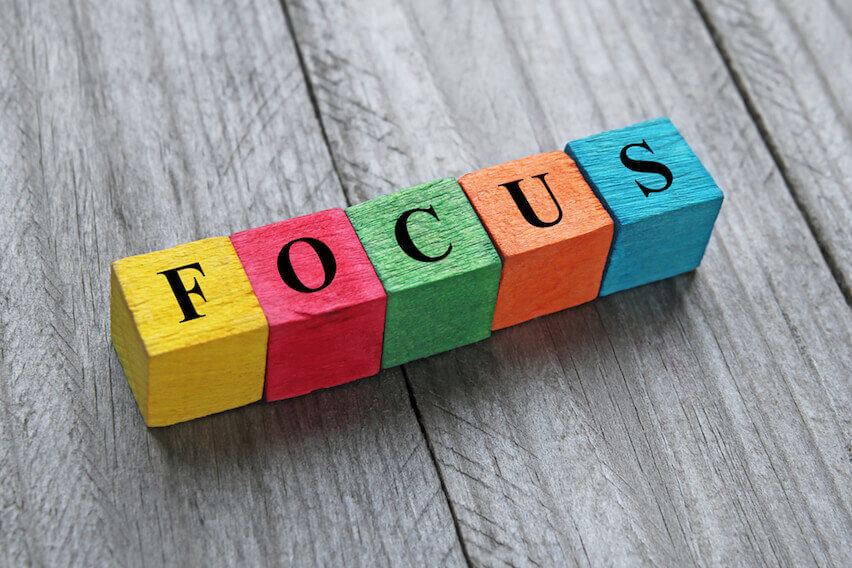
As an established writer, I regularly ask myself: What can I do to grow my business? I’ve explored many methods such as cold emailing, scouring job boards, asking for referrals, and tapping dormant clients.
But recently I found a method that focuses on improving how you work: The 50-minute focus technique. It’s a method that Ed Gandia who’s a “business-building coach and strategist for ambitious business writers and copywriters,” uses and recommends to boost your productivity and grow your income.
Table of Contents
What Is the 50-Minute Focus Technique?
The idea is to create periods of intense focus so that you build momentum. You dedicate a block of time to focus for 50 min, take a break for 20 min, and then return for a final 50 min session.
Below are a few key points to consider when using this technique:
- Focus on one task to prevent multitasking
- Create a distraction-free environment. Remove any distractions that can impact your ability to work.
- Focus on the right tasks. While you can use the method for almost any task, I’d recommend using it for high-value ones that impact revenue, e.g., client work.
- The method works regardless of your profession
- You can work a few minutes over the allotted time if you’re on a roll, but don’t push it. Where possible, you want to stick to the time
- In the 20 min break, step away from your desk and do something that’s not work-related
Why the 50-Minute Focus Technique Works
You prevent multitasking which can negatively impact your productivity. In fact, research by Fast Company has shown that if you shift focus for only a few seconds, it takes up to 23 min to get back into the zone.
So, every time you check your Facebook feed while working or respond to email, you’re only impacting your ability to get work done which affects your bottom line.
The good news is that Ed and others who’ve used this technique have kicked this multitasking to the curb. In fact, within only a few days of using it, Ed reported 30% gains in productivity.
The question is: Would I see similar gains after implementing this technique in my own business? I tested it out by using it to help me finish writing an ebook for a client.
My Experience Using the 50-Minute Focus Technique
Because I already had an outline for the ebook I only dedicated blocks of time to writing and editing, and nothing else.
I started by downloading a browser timer extension and set the duration of my focus and break session to 50 and 20 min respectively. Of course, you could just use the timer in your FreshBooks account to track your time, and even log time against specific projects and clients—more on that later.
So, after setting my times, I began work by right-clicking on the timer extension and selecting “Start Focusing.” The timer ran silently in the background while I worked and went off as soon as I completed my focus session.
I would then restart the timer for my 20 min break: I disappeared and usually made a cup of tea or read a little. I then returned for my final session. During these sessions, I’d sometimes get in the zone and continue working for 5 to 10 minutes after the timer went off.
I also kept distractions to a minimum by only having Google Docs open, closing webmail and browser tabs, and putting my phone upside down and on silent. Of course, when I was compiling my outline for the ebook, I did have tabs open for research. The point is, you should use your intuition and focus on having only what you need for a task/project in front of you.
The first few sessions took some getting used to, but I soon got into the groove. Over the course of the next week, I repeated the 50-20-50 cycle two to three times a day until the ebook was completed.
I didn’t do more sessions than this per day because anything over that only contributes to burnout. Indeed, this is precisely what Ed recommends.
So, what were the results? Did I benefit? Well, before I get into this, I want to share a few tips that will help you get the most out of this technique.
Extra Tips to Help Make This Work
- Turn off all other notifications and pop-ups. I don’t know about you, but those little social media pop-ups that arrive in the top right of your screen can be awfully annoying.
- Research and use apps that physically impede common distractions and improve productivity. Scoro shares browser extensions that will help with this.
- If you work with others:
- Implement a do-not-disturb signal for coworkers (e.g., a card you turn over on your desk or place on top of your monitor to let colleagues know you’re working). Or use an app such as Noisli or even Focus@Will that lets you tune out of noisy office spaces by playing gentle background music that also improves focus.
- Implement meeting-free time blocks to let everyone focus on working together. Meetings as you know can be a huge disruptor to getting work done.
Pro-Tip: At the end of each day, log your time with the cloud accounting platform FreshBooks. FreshBooks also lets you record time against specific projects and clients that you can quickly pull into an invoice. It’ll help you remain on top of your billable hours so that you’re not leaving any money on the table.
It’ll also serve as a repository of all your time logs, so you know exactly how much time you’re spending on different tasks and helps you quote similar projects in the future.
So, What Were the Results?
As I mentioned it took some time getting used to this new way of working, but it soon became the norm, and the benefits were almost instantaneous:
1. My Focus and Productivity Soared
I didn’t feel the need to multitask and concentrated only on one task at a time. Though I can’t pinpoint precisely how much my productivity improved, I can tell you that I managed to shorten the length of time it takes to complete a blog post (roughly, a couple of hours).
I was getting a lot more done in less time. These positive feelings had further ripple effects across my business and led to other benefits:
2. My Creativity Improved
Have you ever become stuck on a task, only to discover that after a night’s sleep or a break, you come back and know exactly how to fix it? Sure you have.
This shouldn’t surprise you as a growing body of research suggests how important breaks are for idea generation and better creativity.
For instance, in an article in Harvard Business Review, David Burkus mentions how researchers in one study “found that the group given a break to work on an unrelated task (the Myers-Briggs test) generated the most ideas, averaging 9.8 ideas. The group given a break to work on a related task placed second, averaging 7.6 ideas generated. The group was given no break but four continuous minutes of work time generated the least possible uses, averaging 6.9 ideas. The research team had validated the idea that incubation periods, even those as brief as a few minutes, can boost a person’s creative output.”
This is what happened to me. The break between periods of intense focus gave my brain time to process the information. I returned with new ideas and enthusiasm and, – more often than not – knew how to better approach or fix something: How to make the writing flow better, how to join two sentences, where something needed improvement, what to include, and what not to include in a body of writing and so on.
3. I Felt Less Tired Come Day-End
In the past, I’d often finish my day feeling tired. Making it worse I’d feel like I still had a mountain of work to do. But, with the 50-minute focus technique, I no longer felt this. In fact, I’d get to the end of the day, with feelings of accomplishment like I’d got a lot done.
More importantly, I had bucket loads of energy. I channeled that energy into my next day and future projects. In fact, as I write this blog post I’m using this very same technique (and the timer just went off).
So, I’ll just end off by saying that I don’t plan to stop using it anytime soon and urge you to give it a try.
The chances are good that you too will realize the same benefits I did and be able to grow your business much faster simply by being more productive.
So, what are you waiting for? Give the 50 min focus technique a try and share your results below.
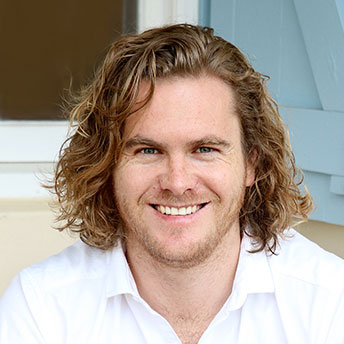
Written by Nick Darlington, Freelance Contributor
Posted on January 3, 2019
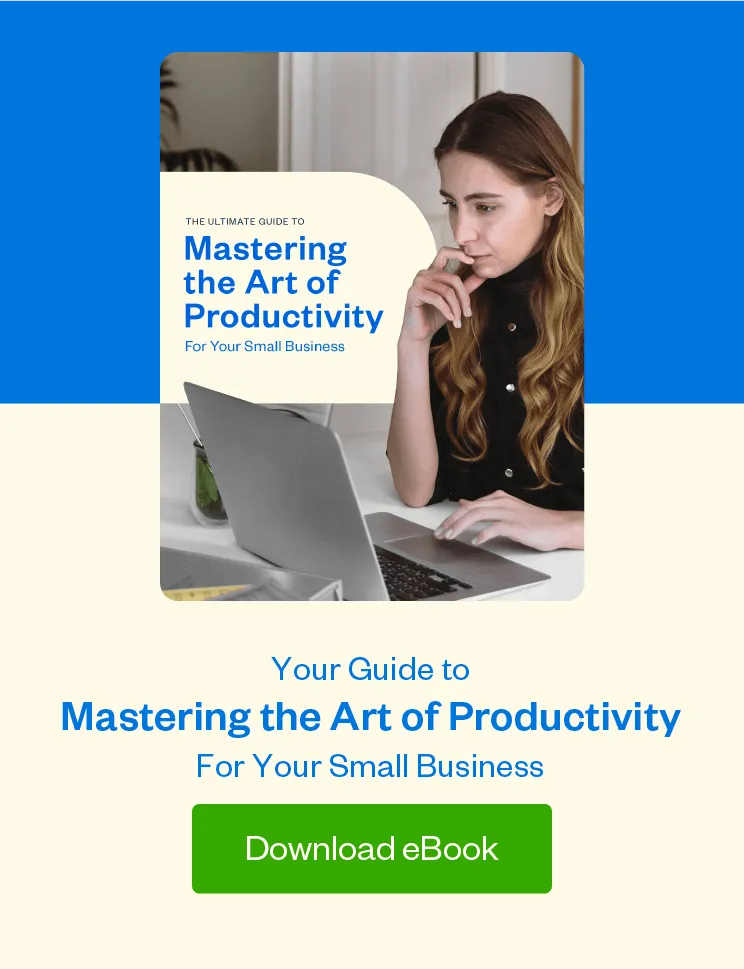
 What’s Your “Latte Factor” When It Comes to Time Management?
What’s Your “Latte Factor” When It Comes to Time Management? Meet Jeff, a Designer Who Uses Cloud Accounting to Effectively Track Time and Boost His Productivity
Meet Jeff, a Designer Who Uses Cloud Accounting to Effectively Track Time and Boost His Productivity